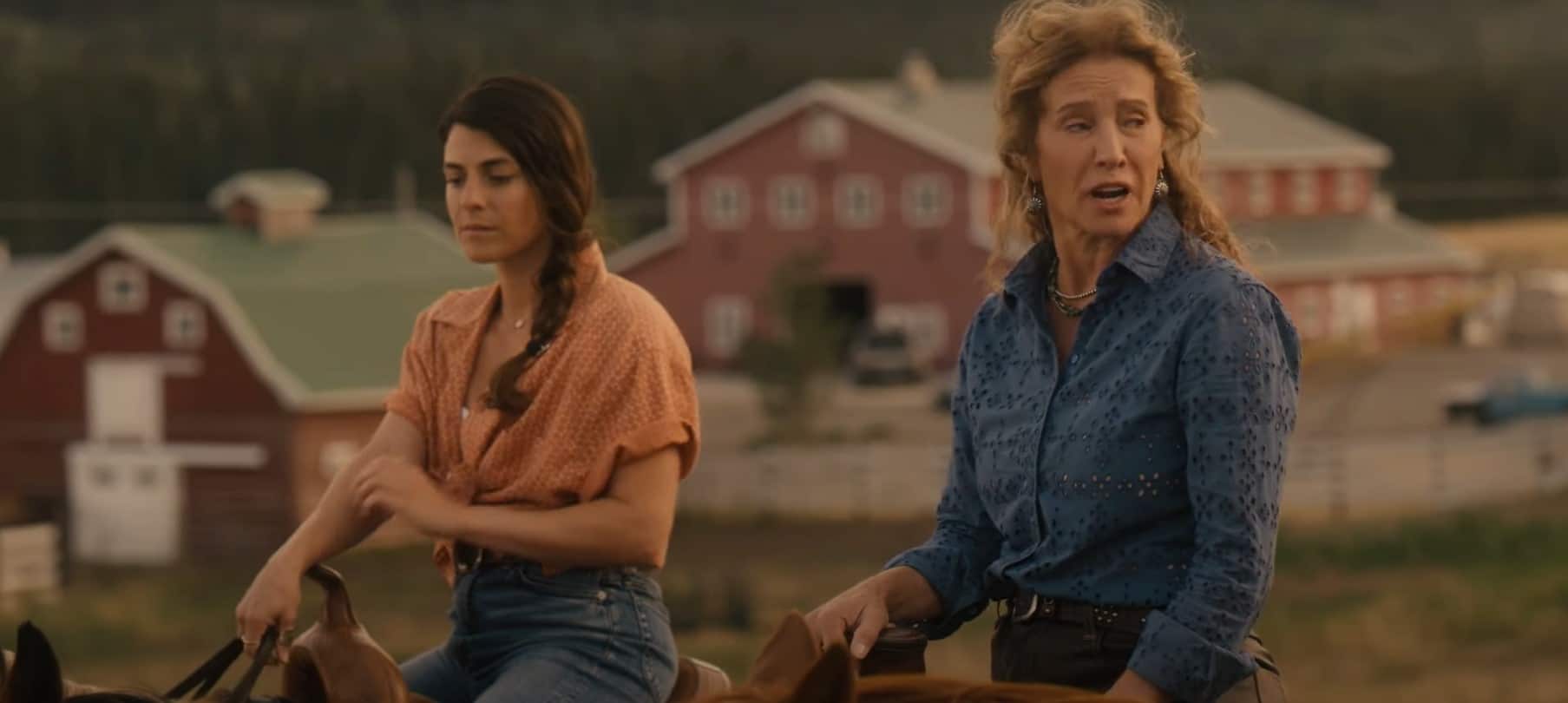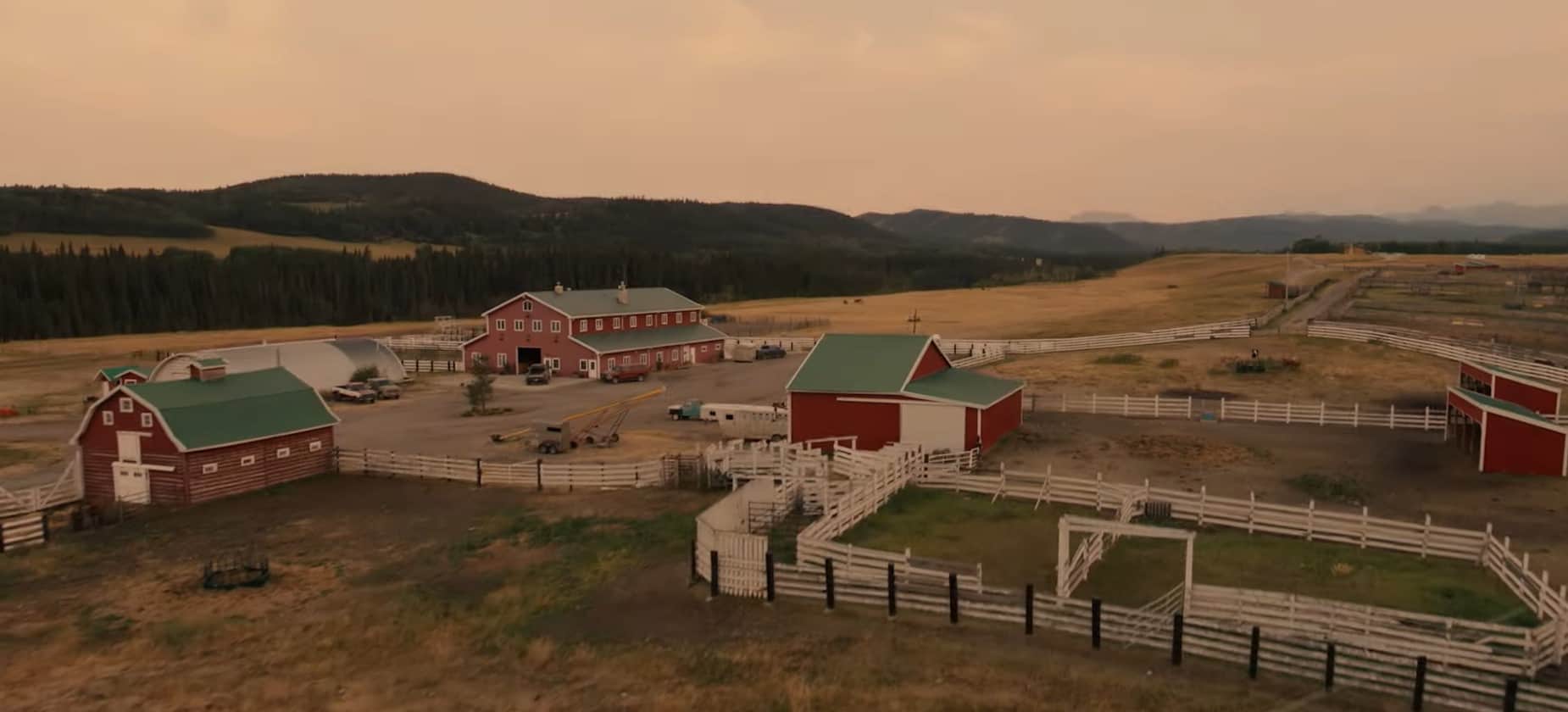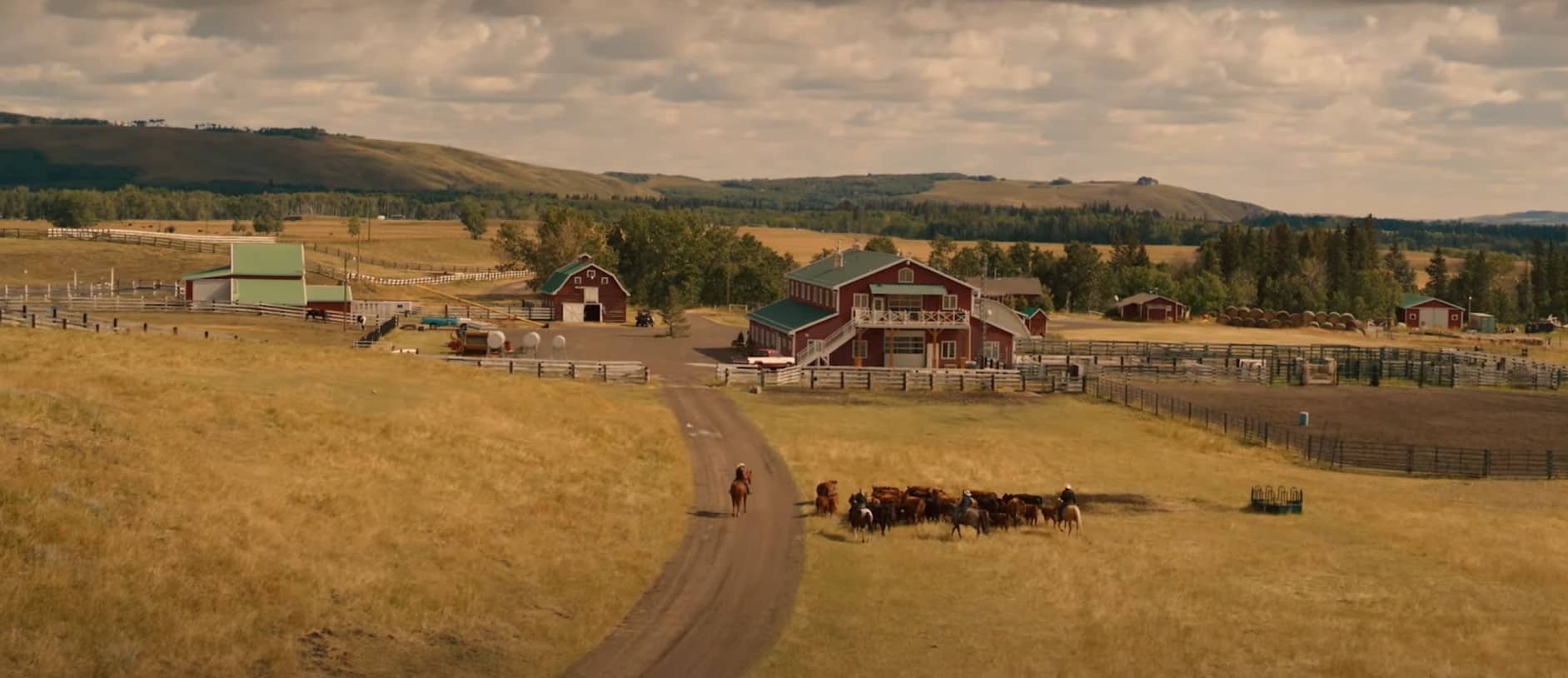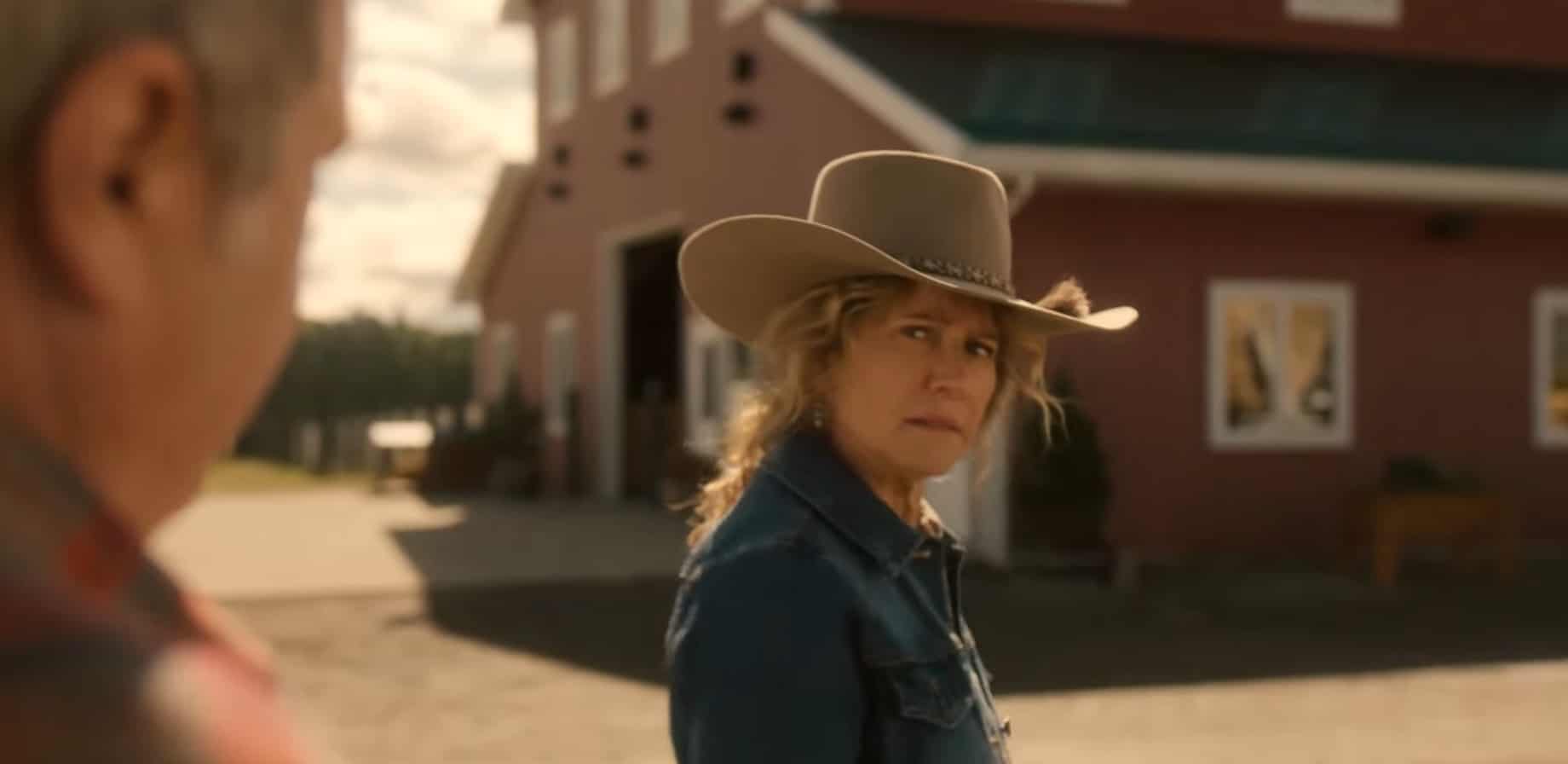Hallmark Channel is the kind of network that usually lets out fun, peppy and heartwarming productions. In the case of their latest neo-Western Ride, it is not the kind of peppy thing you’d expect, the show has all the things Hallmark likes to include: Strong family values, group identity, beautiful outdoors, and the likes, but it does so with the twist and plot tricks that you’d expect from a Taylor Sheridan production.
While this is not Yellowstone, the show does take us to a ranch in the outdoors where all things can possibly happen, the dangers of the outdoors, the ruggedness of the American West, and the cowboy lifestyle as a family traverses through life in the ranch. Starring Nancy Travis and Tiera Skovbye, the show’s filming locations are one key component of their storytelling. And today, we’re embarking on a journey to find what those locations are.

Ride Filming Locations
The ride takes us to meet the McMurray family, headed by Isabel, played by Nancy Travis, a matriarch and head of the family, and the huge ranch that the McMurrays manage in their day-to-day operations. Like all things Western and Ranch, there are cattle; there’s outdoors, there’s rodeo, egos, and dangers that loom in the way of the McMurray’s prosperity.
The neo-Western Ride puts the ranch, its characters, and its beautiful locations in the United States. The story takes place in Colorado, but you’d be amazed that the amazing outdoors and sceneries that depict the ruggedness of the American West in Ride weren’t shot in Colorado. While the story takes place at the skirts of the Rocky Mountains, in fact, the cast and crew go to another country to shoot this Neo-Western that depicts Americana in its unique blend and taste.

Calgary, Alberta
Calgary is a perfect location for shooting a Neo Western production like “Ride”. Cast and crew relocate to shoot Ride in Calgary, Alberta, Canada. Its proximity to the Rocky Mountains and vast prairies offers a unique landscape that can create an authentic wild west backdrop. It’s no surprise that this region is special for filmmakers as its vast natural landscapes, cultivable farmland, and beauty can help create amazing stories. For example, near Alberta, we have Montana, where Taylor Sheridan and his crew shoot Yellowstone for Paramount+.
With its world-renowned rodeo, cowboy culture, and history of filming westerns, Calgary has become a top destination for filmmakers looking for a real Western experience.
Furthermore, its diverse climate makes it possible to film year-round, no matter the time of year. On top of all this, Calgary’s excellent infrastructure and professional crews make it an ideal choice for any production team looking to shoot their next western masterpiece.
Ride Official Trailer
Why Outdoor Sceneries For Westerns Matter
The allure of outdoor sceneries in Western films lies in their ability to transport viewers into a captivating world that is rugged, vast, and untamed. These landscapes serve as more than mere backdrops; they become integral characters in the narrative, influencing the emotions and experiences of both the characters and the audience.
The rugged terrain, vast deserts, towering mesas, and sweeping plains evoke a sense of adventure and freedom that is central to the Western genre. The wide open spaces reflect the untamed nature of the Wild West, where lawlessness prevailed, and individuals sought to carve out their destinies. These outdoor settings symbolize both the physical and emotional frontier that characters must navigate, highlighting their resilience, determination, and, often, the harsh realities they face.

Visual Impact
The natural beauty of the scenery enhances the visual impact of Westerns, capturing the grandeur and majesty of the untamed landscape. Cinematographers skillfully utilize the play of light and shadow, the expanse of the horizon, and the contrasting colors to create breathtaking visuals. These settings not only immerse the audience in the story but also evoke a sense of nostalgia for a bygone era.
Furthermore, outdoor sceneries offer a powerful juxtaposition to the confined spaces of towns and settlements, emphasizing the clash between civilization and the wilderness. The isolation and vastness of the landscapes emphasize the protagonists’ solitude, highlighting their internal struggles and quest for identity.
In conclusion, outdoor sceneries in Westerns matter because they elevate storytelling, evoke a sense of adventure and freedom, enhance visual aesthetics, and provide a powerful contrast to the confined spaces of civilization. These landscapes become an essential element of the Western genre, shaping the narrative and creating a visceral connection between the audience and the untamed spirit of the Wild West.
Also Read: The Favorite Filming Locations: All The Places to Know




